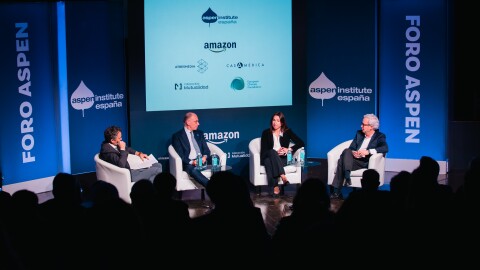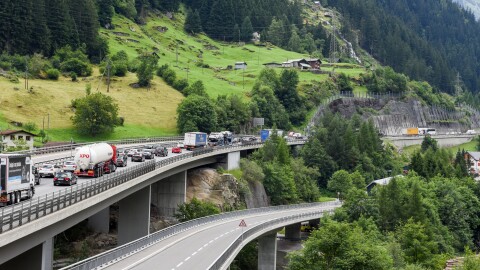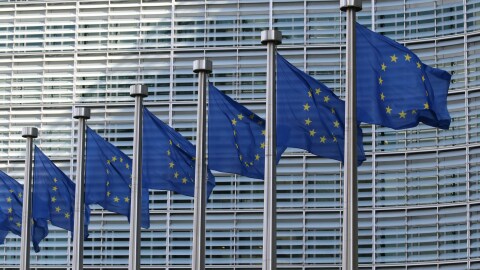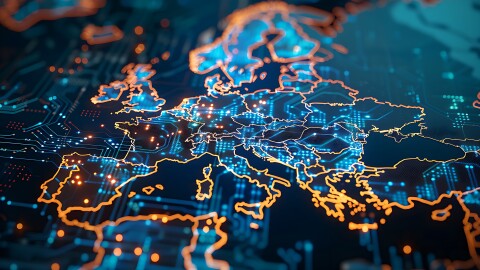Speaking as part of a discussion on ‘Challenges and opportunities for the digital transition: market place responsibilities’ with representatives from the European Commission, Euroconsumers, FEVAD (La Fédération du e-commerce et de la vente à distance), and the Danish Safety Technology Authority, Amazon’s James Waterworth said:
INTRODUCTION
Thank you very much for the invitation to speak today at the Consumer Summit, particularly to the French Presidency and the European Commission for organizing this extremely important annual dialogue.
There is much which we very much agree with on the comments that Els [Bruggeman, Head of Policy and Enforcement, EuroConsumers] has made about the range of responsibilities for everybody, and some of the specific actions that marketplaces should be taking.
Completely agree @PinucciaContino! Amazon’s James Waterworth was delighted to take part in today’s 🇪🇺 #ConsumerSummit 2022 alongside @euroconsumers and many others.
— Amazon News EU (@AmazonNewsEU) February 10, 2022
Good discussion on everyone’s responsibility to keep consumers safe wherever they shop. https://t.co/SEFzz6jMOt pic.twitter.com/a5wnrTRUUw
THE GROWTH OF OMNI-CHANNEL
A quick bit of background on Amazon, and indeed then the way e-commerce and marketplaces developed. We've got seven stores now across the EU, in seven different EU countries. We've seen, if we think about the history of the last two years - the very difficult history of the pandemic - the growth in e-commerce, but probably more importantly than that, the growth in omni-channel as a feature of consumer behavior, and of the kind of offerings that retailers like us are making. And by which I mean a merging of models, where consumers are buying things online and going to pick them up offline, buying things online and potentially returning things offline. We think this trend, both in the kind of investments and offerings that we're providing to consumers and all of our competitors, is going to continue.
So we need to be thinking about product safety in the round for all formats, absolutely for marketplaces, and absolutely for all the forms of shopping and commerce that consumers will engage in. We know for example from some survey data, that German retail executives were asked about their future investment plans, and 86 percent confirmed their plans to invest in more multi-channel offerings in the future. So this is only going to grow and become more important.
THE ROLE OF ALL PARTIES IN PRODUCT SAFETY
From our point of view, and let me illustrate why, we absolutely need to think about the responsibility of marketplaces, but equally important is the role that all parties play across the value chain. When I say all parties, what I'm talking about is manufacturers, retailers, distributors, marketplaces, authorities and consumers. And it's by looking at all of those roles that we will get the most robust system of product safety.
AMAZON AND CONSUMER SAFETY
Starting with what we do today as Amazon. In the last couple of years we've invested some 700 million euros in our safety systems and people/professionals working on product safety. We are completely agnostic about the channel; consumers indeed should expect the same outcomes, the same quality selection wherever they shop.
We think a two-tier approach is necessary. There is the legislative approach, but also the non-legislative approach. We have been very pleased with the cooperation and the leadership shown by the European Commission over the last few years, not least on the EU Product Safety Pledge. We very much hope that this will continue to evolve and will continue to raise the bar in terms of what this demands of marketplaces and offers therefore to consumers in the coming years. Again, both in the non-legislative sense, but also in the fact that this is now being integrated into the recent proposal for General Product Safety Regulation.
RETAINING THE CONSUMER LINK WITH MANUFACTURERS
Let me go back to some of the other actors in the value chain and let me start with manufacturers. It is vital - and I think everyone will get this - that manufacturers have all the necessary information about defects in any product. Whether it's to effect recalls or whether it's for the design of products, it is vital that safe products are designed and made available in the first place. Much better to do that, than to have to deal with unsafe products later on. That's one of the reasons why we must retain the link between the consumer and the manufacturer.
So let me give you a recent example that I had with a faulty electric toothbrush. I was able to return the defective charger to the manufacturer of this product. And it's only by doing that of course that the manufacturer can act on analyzing a fault, making sure that the fault doesn't occur in future iterations of the design, can issue recalls where necessary, and track any trends in terms of faults in the product. So we must be very watchful to retain the link between consumers and manufacturers, lest we cause a deterioration in the overall manufacturing process and the following of products once they're on the market.
MARKETPLACE ACTIONS
In terms of marketplaces - so our business - consumers should be safe wherever they shop. We think our programs are best in class. We are looking to ensure product integrity and regulatory compliance, so we scan our stores every second of every single day and that's obviously done by automated systems. We provide clear information to the consumer on who is the seller of the product and who fulfills the product, and we offer both simple returns process, and what we call an ‘A to Z’ guarantee in the case of a situation where the consumer is not getting what they need from the seller in case of a problem.












